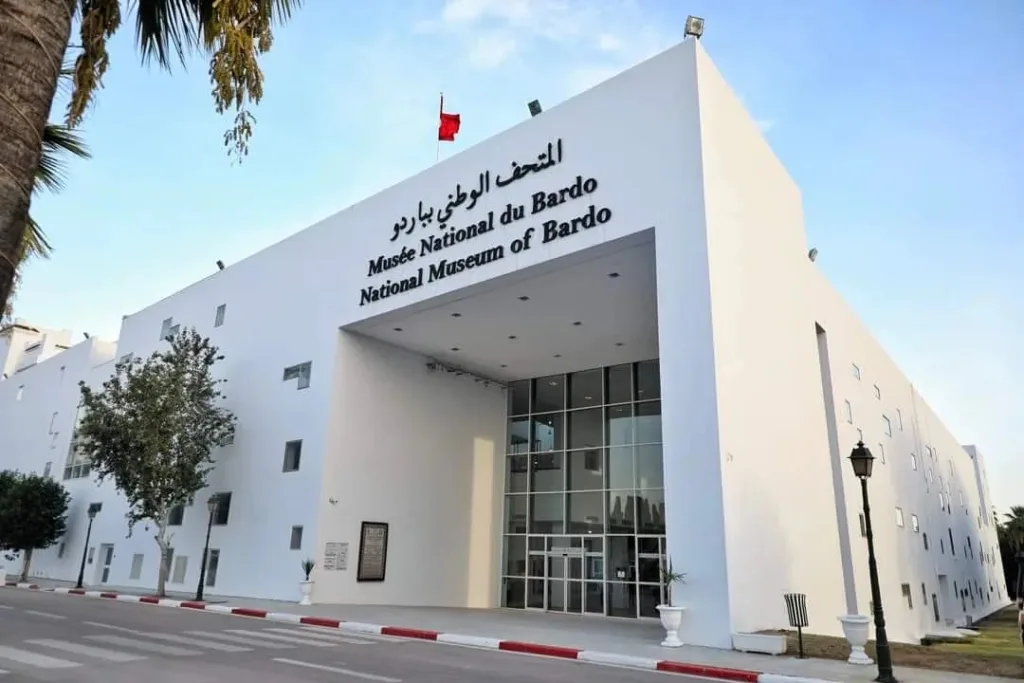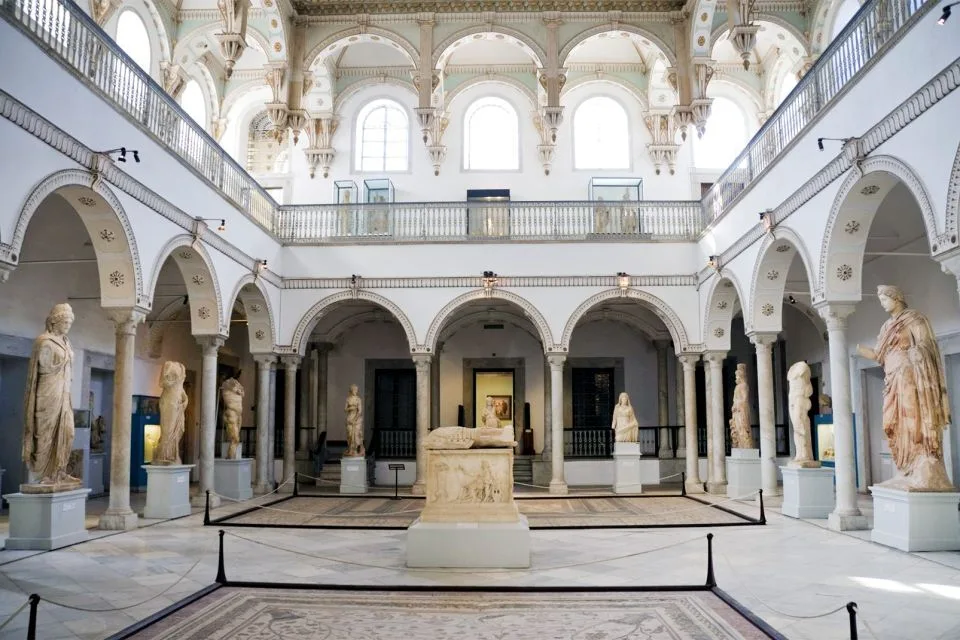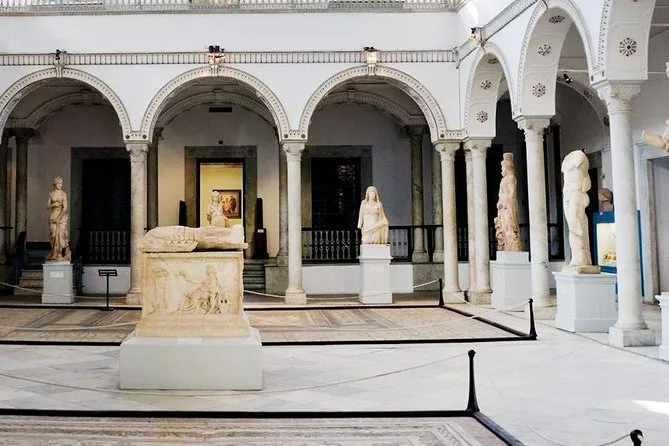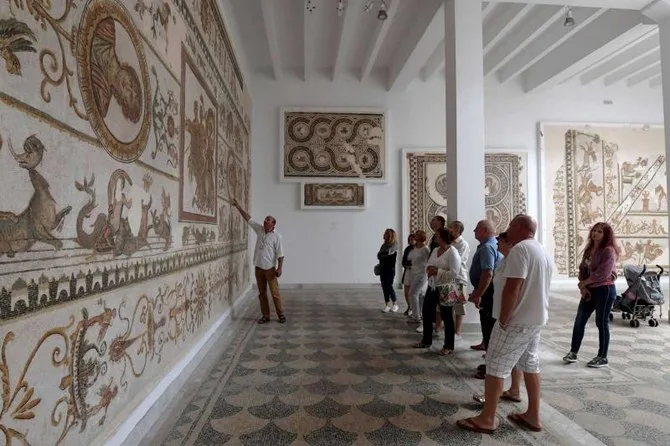Tunisia’s famed Bardo National Museum has reopened its doors after a two-year suspension due to political instability. It welcomed enthusiastic tourists to explore its unrivalled collection of rare items. The museum is housed in a 19th-century Ottoman governor’s palace near Tunis’s parliament.

Visitors exploring the museum’s bottom floor came across painful historical reminders, such as a marble statue of the Roman goddess of harmony opposite the funeral stela of the victims of a tragic 2015 attack. This heinous crime claimed more than 20 lives.
The Bardo Museum, known for its vast collection of ancient treasures, astounded visitors with its incredible exhibits. They included colossal antique mosaic pieces depicting Roman gods such as Neptune and Hercules, as well as scenes from Greek mythology such as Hercules and his beloved Omphale.

The museum’s prominence originates from its extensive collection of unique items uncovered during excavations dating back to the nineteenth century. Tunisia, nestled in the center of the Mediterranean, serves as a crossroads for various illustrious civilizations. It provides a treasure trove of historical riches.

Selim Yahyaoui, an enthusiastic local visitor, praised the museum’s peculiar attractiveness, underscoring its distinctiveness from other museums throughout the world. “It’s different from other museums because it exhibits artefacts, whereas other museums bring in statues from other countries and exhibit them,” he said with pride. “Here, we have everything at our feet, and that is of great value compared to other museums globally.”
During this time, the Bardo saw substantial changes, including expanded spaces, collection relocations, and the addition of new sections dedicated to Islamic texts.
Visitors like Maria, a tourist from New Zealand, were thrilled with excitement as they observed the gallery’s amazing artworks and architectural grandeur. “I’m very honoured to be here at the Bardo, which has finally reopened.” “The pieces are magnificent, and the way they portray the building itself is gorgeous—so well done,” she noted.
Radhia Mokni, a 25-year-old museum worker, was among the museum’s visitors, expressing her interest in Tunisia’s cultural riches. “There is so much richness in the Bardo museum,” she said, acknowledging the museum’s role as a cultural light for Tunisia.

Bardo National Museum was founded on May 7, 1888. It is described as “the jewel of Tunisian heritage”. The museum has remained Tunisia’s most important museum and one of the Mediterranean’s most important artefact institutions.

It houses a huge collection of Roman mosaics as well as Hellenistic metal and marble items discovered underwater. The museum also displays huge antique mosaics, complex detailing, and vibrant hues. The changes give visitors a thorough grasp of the region’s rich cultural legacy. It also has interactive exhibitions and educational events. This helps visitors of all ages immerse themselves in the enthralling narratives of ancient civilizations. This further cements Tunisia’s status as a treasure trove of historical treasures.


